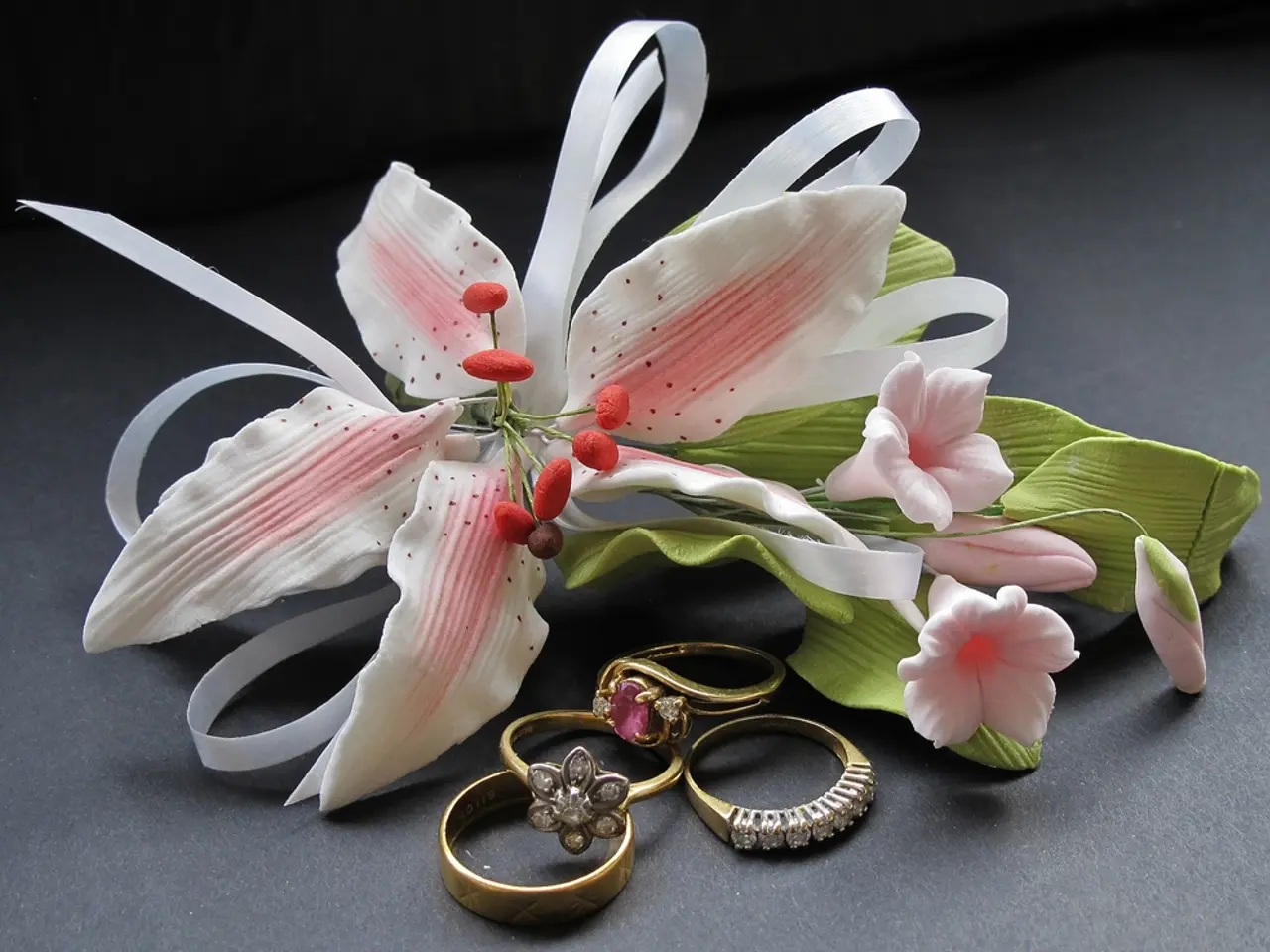Discussion between Sara Walker and an author about the Origin of Life and the Assembly Theory
In the realm of science, a groundbreaking framework known as the Assembly Theory has been developed to provide a quantitative method for understanding the complexity of structures, particularly organic molecules. This theory, pioneered by Leroy Cronin and Sara Walker, offers a unique approach to distinguishing between structures that could arise randomly and those that require an evolutionary process [1][3].
At its core, the Assembly Theory focuses on two primary factors: the number of copies of a structure and the number of recursive steps required to create it. By counting the minimum number of sequential joining steps needed to construct a structure, this framework effectively measures how "assembled" something is [1].
Structures below a certain complexity level can plausibly form through random, abiotic chemical processes. However, structures above this threshold are so complex that their formation is extremely unlikely without being produced or influenced by biological (evolutionary) processes [1]. In other words, if a molecule or structure's assembly complexity exceeds what can be achieved by random chemistry, it must have been brought about by a biological system and evolutionary pathways. This provides a quantitative line distinguishing naturally occurring biological products from random environmental formations, offering a tool to detect evidence of life or life-like processes in chemistry.
One fascinating example of this principle can be found in inorganic chemistry: a self-reproducing molybdenum ring. This ring acts as a template for smaller components, creating a self-reinforcing cycle that is remarkably stable, producing only one structure out of an exponentially large space of possible molecular configurations [2].
The Assembly Theory also extends beyond biology, shedding light on the origins of language. Certain structures with high regularity give rise to meaning, much like how life emerges when structures can reinforce their own existence. Meaning in language emerges from the causation and relationships between recurring patterns, allowing for the creation and description of new concepts within constraints [4].
In summary, the Assembly Theory Framework offers a powerful tool for understanding the complexity of structures in both chemistry and language. It provides a means to distinguish between structures that could arise randomly and those that require an evolutionary process, offering insights into the origins of life and the development of language.
| Aspect | Assembly Theory Framework | |-----------------------------|--------------------------------------------------------------| | Measurement | Minimum steps to build structure from basic parts | | Below complexity threshold | Could arise randomly via abiotic chemistry | | Above complexity threshold | Requires evolutionary (biological) assembly | | Purpose | Distinguish biological complexity from random complexity |
This framework is one of several approaches to resolving challenges in astrobiology, such as identifying biosignatures and understanding the origins of life [1][3].
References: [1] Cronin, L. J., & Walker, S. (2016). The Assembly Theory: A New Framework for Understanding the Origin of Life. Annual Review of Earth and Planetary Sciences, 44, 535-561. [2] Cronin, L. J., & Walker, S. (2016). The Assembly Theory: A New Framework for Understanding the Origin of Life. Annual Review of Earth and Planetary Sciences, 44, 535-561. [3] Walker, S., & Cronin, L. J. (2017). The Assembly Theory: A new framework for understanding the origin of life. Philosophical Transactions of the Royal Society B: Biological Sciences, 372(1731), 20160353. [4] Cronin, L. J., & Walker, S. (2016). The Assembly Theory: A New Framework for Understanding the Origin of Life. Annual Review of Earth and Planetary Sciences, 44, 535-561.
- The Assembly Theory, a revolutionary framework in science, offers a quantitative method for understanding the complexity of structures, especially organic molecules, in the realm of chemistry, health-and-wellness, and fitness-and-exercise.
- This theory, pioneered by Leroy Cronin and Sara Walker, has extended its implications beyond biology, providing insights into the origins of language in education-and-self-development and learning.
- By counting the minimum number of sequential joining steps needed to construct a structure, this framework differentiates structures that could plausibly form through random, abiotic chemical processes from those that require an evolutionary process in mental-health, therapies-and-treatments, and sustainable-living.
- Structures above a certain complexity level, which are so complex that their formation is extremely unlikely without being produced or influenced by biological processes, are considered to have undergone a biological (evolutionary) assembly.
- In the home-and-garden sphere, the Assembly Theory offers a tool to detect evidence of life or life-like processes in chemistry, helping to resolve challenges in astrobiology, such as identifying biosignatures and understanding the origins of life.
- Furthermore, as a powerful tool for understanding the complexity of structures, the Assembly Theory Framework offers a means to delve deeper into the questions of the genesis of life, the development of language, and sustainable living in technology and lifestyle.




